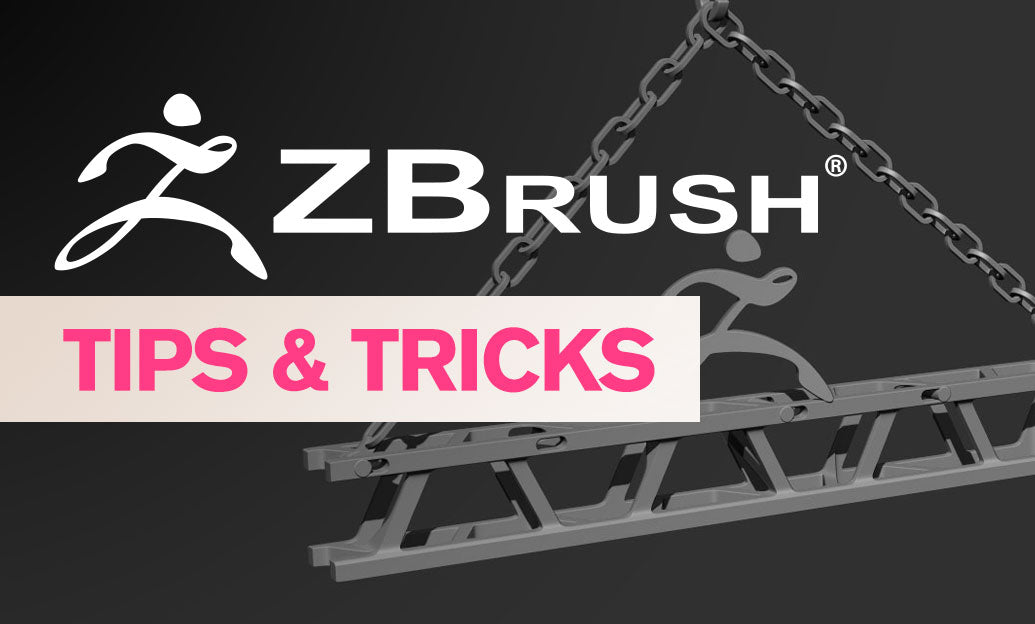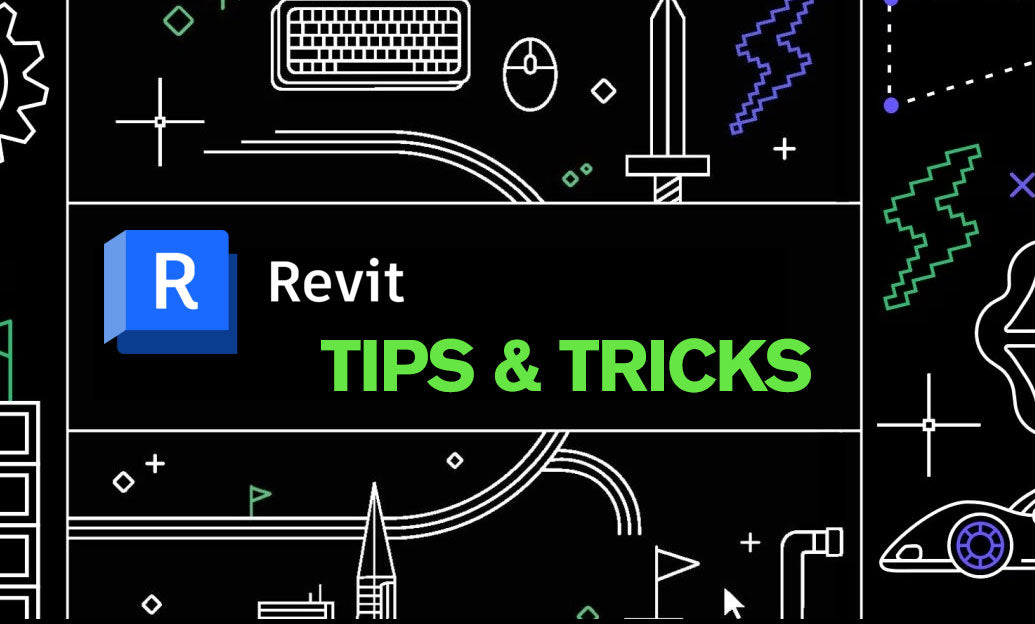Your Cart is Empty
When your deformations look great in one pose and break in another, the Weight Manager is the precision tool that brings consistency and control to your rig.
Getting started:
- Select your skinned mesh (with a Weight tag and Skin deformer).
- Open Window > Weight Manager. You’ll see joint lists, per-point weights, and commands to edit, clean, and mirror influences.
Core workflow tips:
- Keep weights normalized: Enable or run Normalize so all influences on each point sum to 100%. This prevents volume pops when blending poses.
- Prune tiny weights: Remove low-value influences (e.g., below 0.01–0.03). You’ll reduce evaluation overhead and eliminate unintended tugging from far joints.
- Limit influences per point: Constrain to 4 max for game engines and faster rigs; the Weight Manager can re-normalize after limiting.
- Lock what’s working: Lock stable joints (e.g., pelvis or spine roots) before broad edits to avoid drifting good areas while refining shoulders or hips.
- Sort and filter: Sort by joint or by weight magnitude to quickly find stray influences; filter to the active limb for focused iteration.
Clean deformation strategies:
- Progressive smoothing: Apply Smooth in small passes (low Strength, a few Iterations) around problem bends. Re-check extremes (0/50/100% rotations).
- Set and blend: Use Set Weight on masked point selections for clean base values, then Smooth to transition into neighboring areas.
- Edge-flow aware edits: Weight along edge loops that follow muscle/crease lines; this respects topology and reduces candy-wrapper artifacts.
Mirroring with confidence:
- Pick the correct axis and mapping mode (Topology or World) for your character.
- Mirror from the “authoritative” side (usually the one you refined most) and choose Replace or Average based on needs.
- After mirroring, run Normalize and a light Smooth pass to remove micro discrepancies.
Rig hygiene and performance:
- Remove unused joints from the Weight tag to keep files clean and skin evaluation lean.
- Use consistent scene scale to keep brush radii and smoothing predictable across assets.
- Before export (FBX/Alembic), verify max influences per point and normalization for a trouble-free roundtrip to DCCs and game engines.
Debugging checklist:
- Pinching at elbows/knees: Prune low-value cross-limb weights, then Smooth locally.
- Volume loss: Add supportive joint influences (e.g., twist or helper joints) and blend weights gradually across loops.
- asymmetry after edits: Re-run Mirror on the affected region and Normalize.
Pro tip: Pair Weight Manager passes with quick pose presets on your rig to iterate rapidly between extremes. Small, targeted edits compound into dramatically cleaner deformations.
Need the latest Cinema 4D, Redshift, or educational licenses? Explore options and expert advice at NOVEDGE. Looking to upgrade or add seats for your team? Check the Maxon offerings at NOVEDGE’s Maxon collection. For plugins and pipelines that complement rigging and skinning, browse NOVEDGE plugins.






